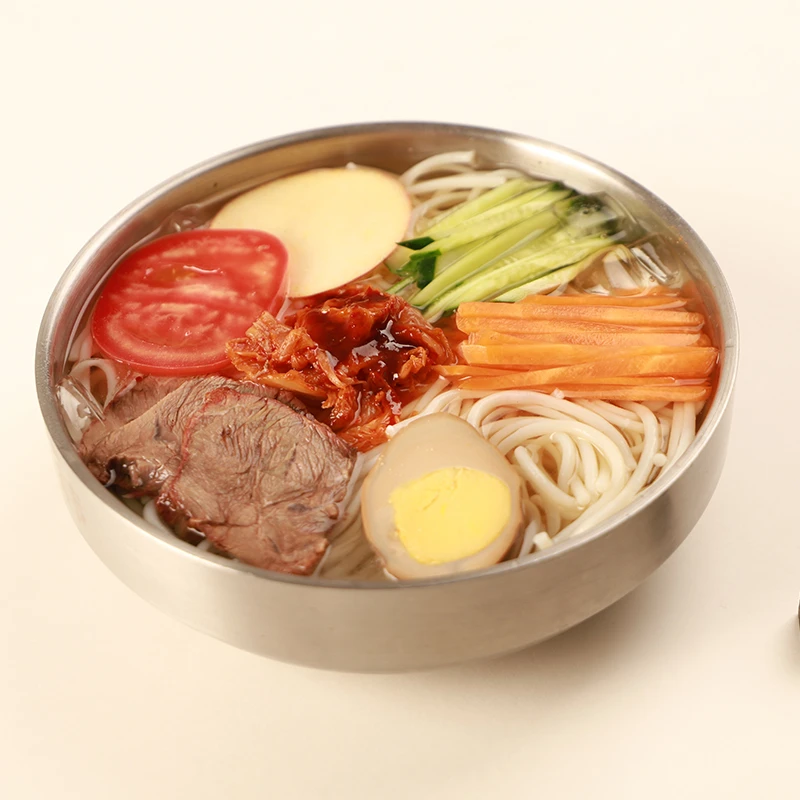pure buckwheat soba noodles
The Delights of Pure Buckwheat Soba Noodles
Soba noodles, a traditional Japanese delicacy, hold a significant place in both culinary heritage and contemporary gastronomy. Among the various types of soba, pure buckwheat soba noodles stand out for their unique flavor, health benefits, and versatility in preparation. Made from 100% buckwheat flour, these noodles are gluten-free and packed with nutrients, making them a popular choice for health-conscious individuals and those with gluten sensitivities.
Historical Background
The origins of soba noodles can be traced back to the Edo period in Japan, where they were enjoyed as a quick, nutritious meal. Traditionally made by hand, the process involves mixing buckwheat flour with water to create a dough, which is then rolled and cut into thin strands. While some soba noodles today may include wheat flour, pure buckwheat soba, known as juwari soba, is revered for its authentic taste and texture.
Nutritional Benefits
Pure buckwheat soba is not just a flavorful option; it is also a powerhouse of nutrition. Buckwheat is rich in essential amino acids, particularly lysine, which is often lacking in other grains. Additionally, it contains high levels of fiber, promoting healthy digestion and supporting cardiovascular health. The presence of antioxidants, including rutin and quercetin, contributes to its anti-inflammatory properties. Buckwheat is also a good source of complex carbohydrates, providing sustained energy without causing spikes in blood sugar levels, making it a suitable option for individuals with diabetes.
Culinary Versatility
pure buckwheat soba noodles

The culinary applications of pure buckwheat soba are vast. They can be served hot or cold, making them a versatile ingredient in a variety of dishes. In the summer months, a popular preparation is zarusoba, where cold soba noodles are served with a dipping sauce made from soy sauce, mirin, and dashi, garnished with finely chopped green onions and wasabi. This refreshing dish is perfect for warm weather dining.
In colder seasons, soba can be enjoyed in a warm broth, as in soba noodle soup, where the noodles are cooked and served in a flavorful broth made with miso or soy sauce and accompanied by vegetables and proteins such as tofu, chicken, or seafood. Additionally, soba can be used as a base for salads, stir-fries, or even as a hearty side dish, showcasing its incredible adaptability in different culinary styles.
Preparing Pure Buckwheat Soba
Preparing pure buckwheat soba at home can be a rewarding experience. The process may require some practice, but the end result is well worth the effort. When cooking the noodles, it's essential to monitor the timing closely, as buckwheat soba cooks faster than traditional wheat noodles—usually around 4-6 minutes. Once cooked, they should be rinsed under cold water to remove excess starch and stop the cooking process, ensuring a perfect al dente texture.
Conclusion
As the world embraces healthier eating habits, pure buckwheat soba noodles have gained significant popularity for their nutritional benefits and versatile culinary applications. Whether enjoyed in a traditional Japanese meal or incorporated into modern dishes, these noodles offer an exquisite taste that complements a wide variety of flavors. Embrace the rich heritage and health benefits of pure buckwheat soba noodles in your kitchen, and explore the delicious possibilities that await.
-
Unleash Your Inner Chef with Delectable Italian Pasta CreationsNewsAug.01,2025
-
Savor Health and Flavor: Irresistible Soba Noodles for Sale Await!NewsAug.01,2025
-
Nourish Your Body with Premium Organic Ramen - A Culinary Delight AwaitsNewsAug.01,2025
-
Elevate Your Dishes with Our Exquisite Kinds of Egg NoodlesNewsAug.01,2025
-
Dive into Flavorful Convenience with Our Ramen OfferingsNewsAug.01,2025
-
Discover Exquisite Types of Naengmyeon and Chilled Soba NoodlesNewsAug.01,2025
-
Is Whole Wheat Pasta Healthy?NewsMay.30,2025
Browse qua the following product new the we

















































































































